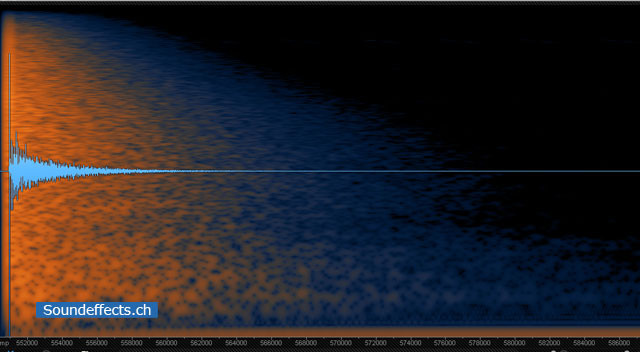The impulse response shown in Figure 4 has, in contrast to Figure 5, a strong start amplitude, indicating much direct sound. This is only possible if the distance from the microphone to the sound source is well within the reverberation radius. Figure 5 has a substantial proportion of direct sound and is practically only from the reverberation, resulting in a corresponding diffuse sound field. Even the echo resonates in Figure 5 with 1 second off still, indicating a large and reverberant room. In contrast, Figure 4, has returned into silence after 0.4 seconds.
Generally speaking, then, that a short impulse response with a lot of direct sound component creates a small, dry room. With larger rooms is with increasing distance from the sound source, the proportion of direct sound small, but the echo of the more pronounced, resulting in a more diffuse sound.
Author: Guido Helbling, Avosound
Go to the next chapter...
![]() Author: Guido Helbling, Avosound - last updated June 20, 2017
Author: Guido Helbling, Avosound - last updated June 20, 2017




